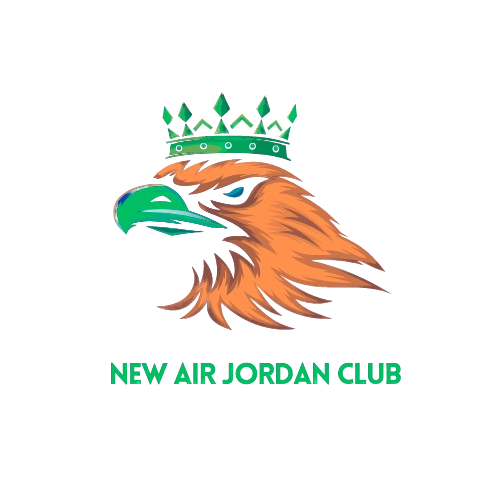Fashion is a fascinating blend of art, culture, and personal expression, continuously evolving to reflect the world around us. It serves as a medium through which individuals communicate their identity, beliefs, and emotions. Each piece of clothing we wear carries a story, representing not just style but also the choices we make and the values we hold. This dynamic interplay between individual expression and cultural context creates a rich tapestry that shapes the fashion landscape.
Historically, fashion has mirrored societal changes, often serving as a response to political, economic, and social movements. The roaring twenties, for instance, epitomized a shift towards freedom and modernity, with flapper dresses symbolizing women’s newfound independence. In contrast, the austere styles of wartime fashion reflected the challenges of scarcity and resilience. As we traverse through different eras, we can see how clothing has been used to challenge norms, celebrate diversity, and inspire change.
In recent years, the fashion industry has faced significant challenges and transformations. The rise of fast fashion has made trendy clothing accessible to many, yet it has also sparked debates about sustainability and ethical production. As consumers become more conscious of their impact on the environment, there is a growing movement towards sustainable fashion that emphasizes quality, durability, and ethical practices. This shift encourages both designers and consumers to reflect on their choices and prioritize a more responsible approach to clothing.
The influence of technology on fashion cannot be overlooked. Social media platforms have democratized the industry, allowing diverse voices to emerge and reshaping how trends are created and shared. Influencers and fashion enthusiasts showcase their styles, blurring the lines between high fashion and everyday wear. This new landscape not only promotes individuality but also fosters a sense of community, where people can connect over shared interests and inspire one another.
Moreover, fashion continues to evolve in response to the call for inclusivity and representation. The industry is gradually recognizing the importance of celebrating all body types, ethnicities, and gender identities. Designers are increasingly https://jinglejangle.us creating collections that reflect this diversity, challenging traditional standards of beauty and encouraging self-acceptance. This movement not only empowers individuals to embrace their unique styles but also enriches the fashion narrative, making it more representative of the world we live in.
At its core, fashion is about creativity and self-expression. It invites us to experiment with colors, textures, and silhouettes, allowing our personalities to shine through. The joy of curating an outfit, finding the perfect accessory, or discovering a vintage piece is a deeply personal experience that connects us to our individuality. Fashion encourages us to take risks, whether it’s stepping outside our comfort zones or trying something completely new. Each choice becomes a reflection of our evolving selves, illustrating our journey through life.
In this ever-changing landscape, the essence of fashion lies in its ability to inspire, provoke thought, and foster connection. It serves as a reminder that clothing is not merely a functional necessity but a powerful form of expression. As we navigate the complexities of modern life, fashion invites us to celebrate our uniqueness and engage with the world in meaningful ways. It is a canvas on which we paint our identities, crafting a narrative that is uniquely our own.
